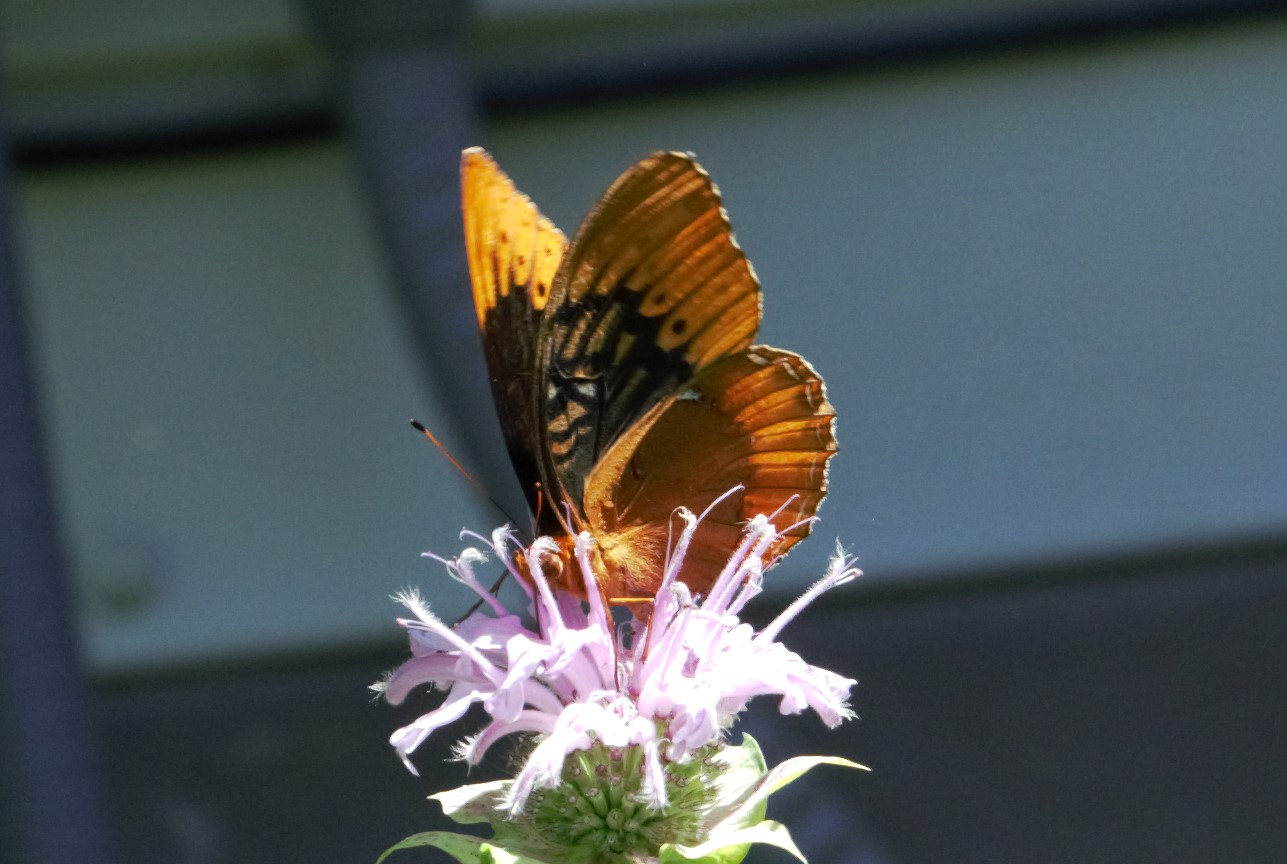Ironweed (Vernonia): iron-tough, but not a weed
Views: 1572
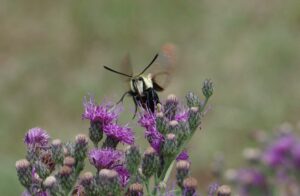
One fall several years ago, I found a volunteer flower on the edge of my woods, in a sunny spot. Despite having a yard full of pollinator-attracting plants, this volunteer had more activity than many of my other flowers blooming at the same time. Of course, I had to find out what it was. Eventually, I identified it as a species of Vernonia. Commonly called “Ironweed,” Vernonia species are tough plants, and very desirable. Therefore, they are not weeds. They are very beneficial to pollinators and hummingbirds.
About Ironweed Species
There are around twenty-five native species of ironweed in North America, many found east of the Rocky Mountains. To make things more complicated for identification purposes, there are hybrid species and a few cultivars out there, too. All have flowers that appear fairly similar; the greatest variation tends to be in the leaves.
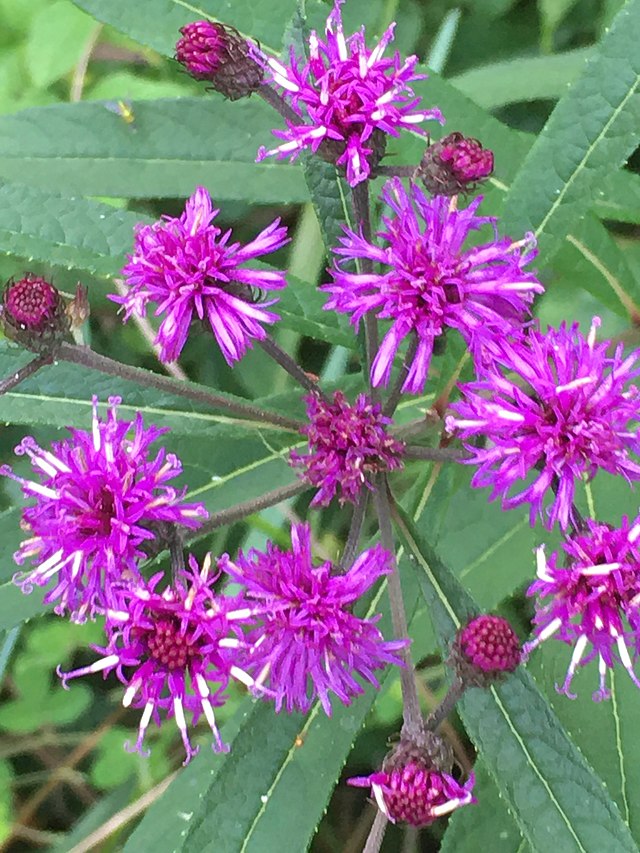
In the garden, ironweed isn’t aggressive, although it may spread slowly via seed. Species vary in height, but all have an upright habit. Some species, if planted in rich soil, may flop over, but they can be cut back to prevent this if they start to get too tall. I find that cutting back my Common Ironweed (Vernonia fasciculata) in spring increases the number of flowers later in summer. They just look nicer if they are a bit bushier.
Ironweed species prefer sun, though most will tolerate partial shade. Some are drought tolerant despite generally preferring more moisture, and most will survive in zones 4-9. As their common name implies, ironweed species tends to be hard-to-kill and aren’t bothered by many diseases or pests. When it didn’t rain for three months this summer, my ironweed did surprisingly well.
Species
A few individual species of Vernonia with notable traits include:
- Appalachian Ironweed (Vernonia glauca): an Eastern ironweed that will tolerate clay
- Common Ironweed (Vernonia fasciculata): found in moist to medium-moist soils
- Giant Ironweed (Vernonia gigantea): grows up to 9 feet tall
- Missouri Ironweed (Vernonia missurica): native to the Mississippi River valley and nearby states, sometimes described as the showiest Vernonia
- Western Ironweed (Vernonia baldwinii): a prairie native, found in moist to normal soils, with good drought tolerance
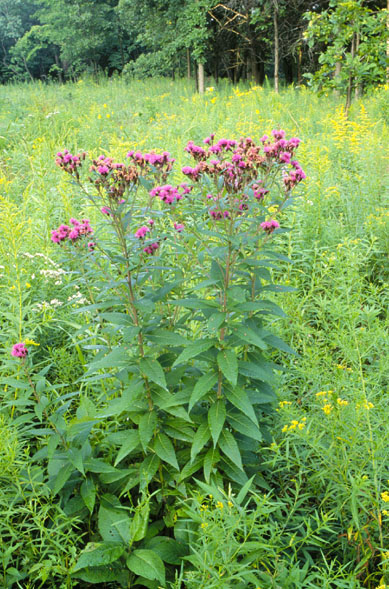
Vernonia_fasciculata
Benefits to Wildlife
First, don’t let the “weed” in the name scare you off. Ironweeds are valuable plants in the wildlife garden. Consistently, they are some of the best butterfly and bee-attracting flowers in my gardens. With camera in hand, I know there will always be something on them worth photographing, from swallowtails to long-tongued bees. I’ve even seen hummingbirds visiting them, occasionally. Some moths use ironweed as a host plant, and ironweed seeds are eaten by birds in fall and winter. Vernonia typically isn’t grazed by cattle or deer, making it a good choice for people seeking deer-resistant plants.
There are just a few plants I intend to add to my yard next spring. More ironweed is on that list.
Meet Leslie Miller
Leslie Ann Miller shares 3.5 acres in rural Oklahoma with birds, butterflies and wide variety of animals. She is currently transforming her yard with plantings…
Leslie's Recent Posts
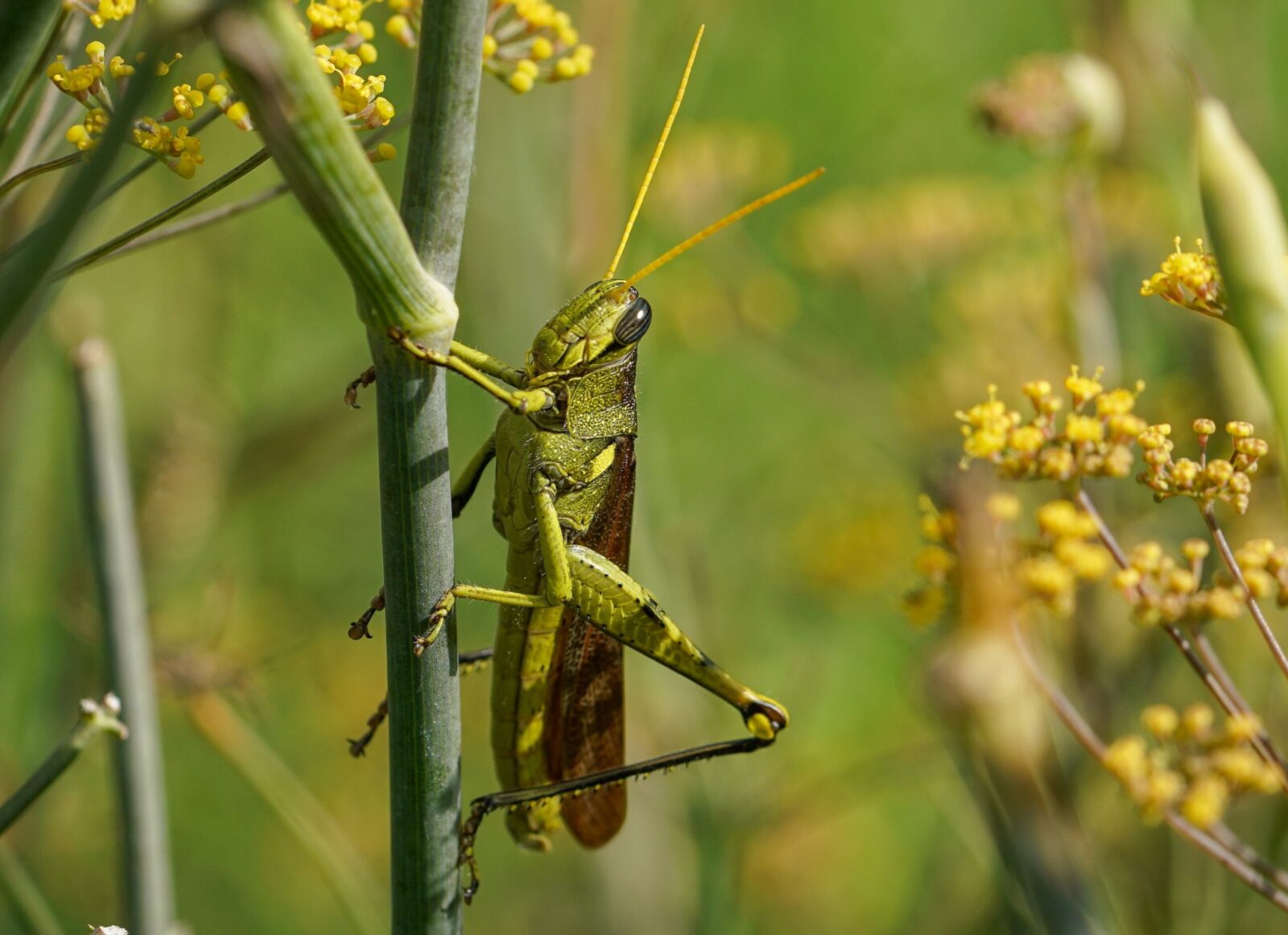
Grasshoppers and how to control them
